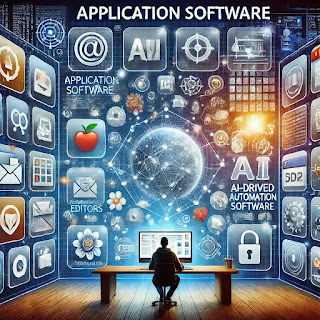Demystifying Algorithms and Data Structures for New Programmers
If you're just getting into programming, the terms "algorithmic design" and "data structures" might sound intimidating. But don’t worry—they’re not as scary as they seem. In fact, understanding these two concepts is like learning the rules of the road before driving a car. They help you build programs that are not just functional, but also efficient , organized , and easy to maintain . 🚀 What is Algorithmic Design? Algorithmic design is about crafting step-by-step procedures (algorithms) to solve a problem. It’s not just about what you want the program to do, but how it should do it. Common algorithmic design techniques: Divide and Conquer : Break the problem into smaller parts (e.g., Merge Sort) Greedy Algorithms : Make the best decision at each step (e.g., Coin Change) Dynamic Programming : Store results of previous subproblems (e.g., Fibonacci) Figure 1: Divide and Conquer using Merge Sort 🧱 What Are Data Structures? Data structu...




